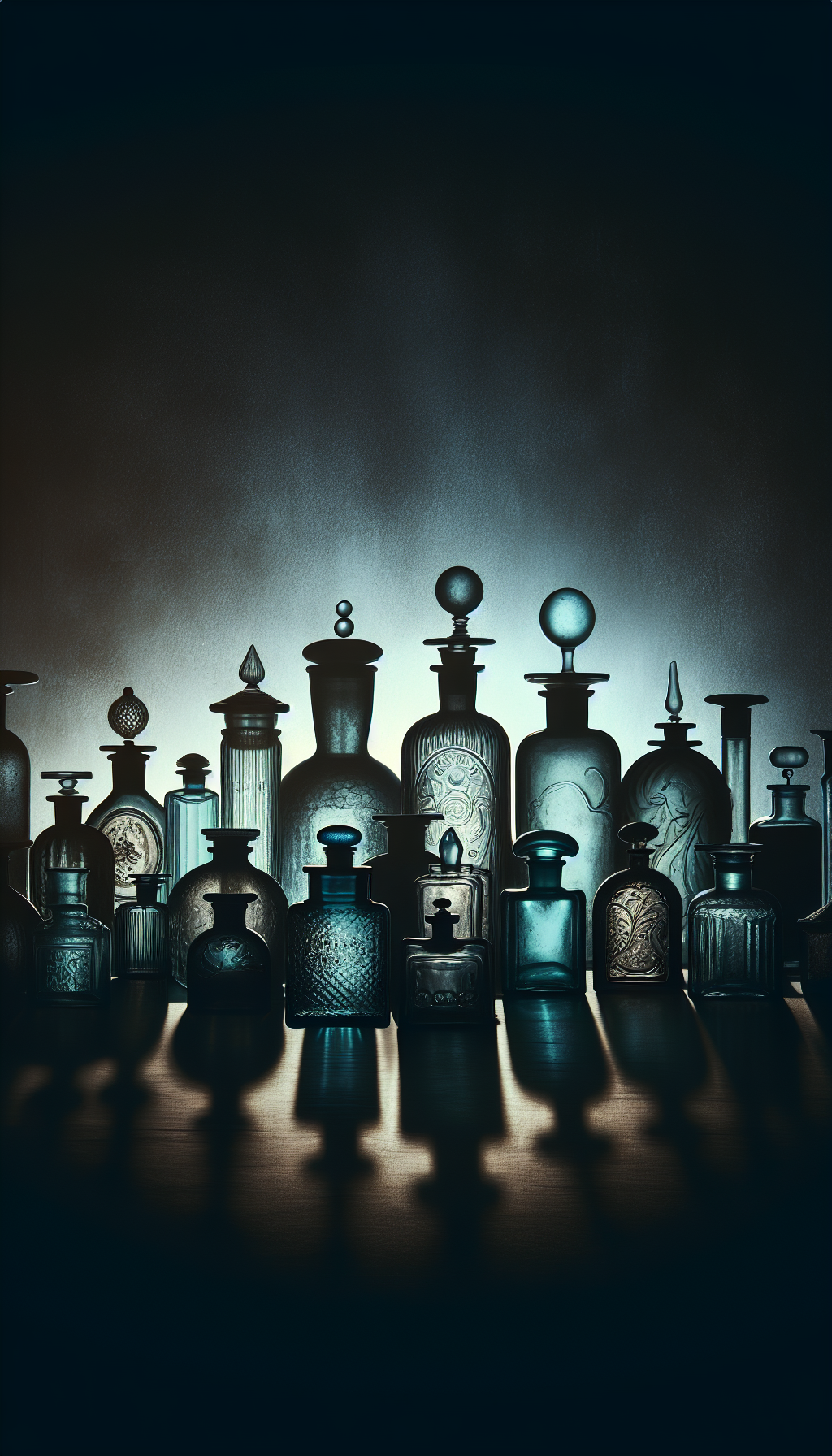A Pair Of Original Paintings Circa Mid 20th Century Afrian Aboriginal Art
Appraising a pair of mid-20th-century “Aboriginal” paintings can be rewarding—and challenging—because the term spans distinct traditions, materials, and markets. This guide helps you determine what you have, how to authenticate it, what condition factors matter, and how pairs are evaluated in today’s market. It also highlights common mislabeling pitfalls, since “Afrian” in the title likely meant “African,” while “Aboriginal art” typically refers to Indigenous Australian work.
Mid-20th-Century Aboriginal Art: Context and Terminology
Aboriginal art usually refers to art made by Indigenous Australian artists. By the mid-20th century (roughly 1935–1965), two saleable painting traditions predominated:
- Bark paintings from northern Australia (Arnhem Land, Yirrkala, Milingimbi, Groote Eylandt).
- Watercolours from Central Australia associated with the Hermannsburg School, pioneered by Albert Namatjira and relatives/associates.
Note on terminology and mislabeling:
- “Aboriginal” is not commonly used to describe African art. If your paintings are African, you may be dealing with mid-century modern or folk traditions (e.g., later Tingatinga in Tanzania, post-1968), not Aboriginal Australia. Clues like subject matter, materials, and signatures can help clarify.
- “Afrian” is likely a typographical error for “African.” Because the visual, material, and market profiles differ profoundly, correct regional attribution is vital before valuation.
Dating considerations:
- The “dot painting” movement is largely post-1971 (Papunya Tula). A dot-heavy acrylic work is unlikely to be genuinely mid-20th century unless it’s an early 1970s board—which is strictly speaking early 1970s, not mid-century.
- Bark paintings and Hermannsburg watercolours both have robust mid-century timelines and are frequently encountered in pairs assembled for tourist or missionary markets.
Two Likely Types for a Mid-Century Pair
- Northern Australian Bark Paintings (Ochre on Eucalyptus Bark)
- Support and construction:
- Traditionally made on sheets of flattened stringybark (Eucalyptus tetrodonta and E. miniata are common).
- Backs or edges may be reinforced with thin wooden battens tied with plant fiber or later with wire or staples.
- Pigments and binders:
- Natural ochres: red (hematite), yellow (goethite), white (kaolin), and black (charcoal or manganese). Binders include plant resins and naturally occurring gums; PVA or acrylic binders appear more often from the 1960s onward.
- Iconography:
- X-ray figures (internal organs and skeletons), ancestral beings, totemic animals (fish, kangaroo, turtle), and clan designs with rarrk (fine cross-hatching).
- Distinct local styles: e.g., fine rarrk in Arnhem Land, dotted infill on Groote Eylandt barks of the 1950s.
- Artists and centres:
- Yirrkala and Milingimbi artists include members of the Marika family, Munggurrawuy Yunupingu, and David Malangi, among others. Works often entered collections through mission stores and anthropological fieldwork.
Why they appear as pairs:
- Tourist and mission shops commonly sold them in complementary pairs—matching sizes and related subject matter—especially during the 1940s–60s. A matched pair often indicates original retail context.
- Hermannsburg School Watercolours (Central Australia)
- Support and technique:
- Watercolour on paper, typically standard drawing sizes, with light pencil inscriptions or titles such as “Mt Sonder” or “Ghost Gums.”
- Subject matter:
- Luminous desert landscapes: purple-blue ranges, ghost gums, dry riverbeds, and big skies—stylistically consistent but with individual hands discernible in brushwork and palette.
- Artists:
- Albert Namatjira is the pivotal name; also Enos and Oscar Namatjira, Otto and Edwin Pareroultja, Walter Ebatarinja, Clifford Inkamala, and others.
- Dating cues:
- Mid-century examples may show period paper stocks, period mounts, or old mission/gallery labels. Pencil titles, careful signature placement, and certain paper watermarks can be supportive, though not alone determinative.
Why they appear as pairs:
- Tourists commonly bought two complementary landscapes to hang side-by-side; dealers also framed and sold them as balanced sets.
If the Works Are Actually African
- If motifs are contemporary fauna arranged in bright enamel or gloss house-paints on board and stylistically naive, you might be looking at later mid-late 20th-century African popular painting traditions rather than mid-century Aboriginal Australian work.
- Substrate clues (canvas vs bark), language of signatures, and iconography (savannah fauna, village scenes) can quickly redirect research toward the correct region.
Authentication and Attribution: How Experts Decide
- Materials analysis
- Bark:
- Look for natural ochre granularity and matte surfaces. Under magnification, ochres appear earthy and non-plasticky; acrylics form smoother films and can fluoresce differently under UV.
- Traditional bush gum/resin binders often leave a slightly uneven sheen; later PVA can appear clearer and more uniform.
- Battens and attachments: hand-tied fiber indicates age and traditional techniques; modern wire staples suggest later handling or restoration.
- Watercolour:
- Paper quality, period watermarks, aged hinges, and browning around old mats suggest age. However, condition and framing history can obscure these cues.
- Pigment set: period watercolour palettes are consistent with artist practice; retouching with opaque whites or acrylics is a red flag.
- Stylistic and iconographic consistency
- Bark:
- Clan designs are not generic decoration; they are culturally specific. Experts cross-reference designs with documented artists/families and collection histories.
- Hermannsburg:
- Each artist’s brushwork and topographic preferences are distinctive. Comparative catalogues and stylistic handbooks are essential to specialists.
- Signatures, inscriptions, and labels
- Bark:
- Many mid-century barks were unsigned. Authenticity may rely on old mission tags, collector labels, or early exhibition notations on verso.
- Hermannsburg:
- Signatures vary but can be confidently matched to known hands. Pencil titling, mission store labels, and early dealer tags strengthen provenance.
- Provenance and documentation
- Photographs of the works in situ, contemporaneous purchase receipts, customs stamps, and early cataloguing all increase confidence.
- Collections associated with missionaries, anthropologists, or early dealers can yield secure attributions if records are intact.
- Forensic caution
- Chemical tests and UV examination can help, but interpretation belongs with conservation scientists and experienced appraisers.
- Beware “tourist copies” and later reproductions; authenticity hinges on total evidence: materials, style, provenance, and expert opinion.
Condition, Care, and Ethical Market Considerations
Condition matters to value and longevity; with Indigenous material, ethics and cultural sensitivities also matter.
Bark paintings: condition priorities
- Structural:
- Natural warping is common; severe cracking, delamination, or wormholes reduce stability and value. Edge losses are typical but should be stable.
- Surface:
- Ochre powders can be friable. Avoid touching paint surfaces; loose pigment requires conservation consolidation by a professional.
- Mounting:
- Keep flat with proper cradle or tension-free mounts. Avoid direct sunlight and high humidity; aim for stable 45–55% RH if possible.
Hermannsburg watercolours: condition priorities
- Support:
- Look for acid burn from old mats, tide lines from moisture, or foxing (brown spots). Severe acidity calls for professional deacidification.
- Media:
- Watercolour is light-sensitive. Use UV-filtering glazing, archival mats, and controlled light levels.
- Framing:
- Replace brittle tapes and acidic backings. Never “clean” a watercolour yourself; a conservator should do any surface work.
Ethical and legal considerations
- Cultural sensitivity:
- Some designs are restricted or carry ceremonial significance. Consultation with relevant communities or cultural bodies may be appropriate before exhibition or sale.
- Legal frameworks:
- Australia’s Protection of Movable Cultural Heritage Act 1986 may require permits for export of significant Indigenous cultural material. Check current regulations before moving works internationally.
- Market ethics:
- Seek dealers who adhere to recognized ethical codes and ensure artists and communities are respected in representation and attribution.
- Repatriation:
- If the works have potentially problematic histories (e.g., removed from sacred contexts), engage in due diligence and consider consultation or repatriation pathways.
Valuation factors
- Artist and attribution:
- Named, securely attributed works command higher prices. Albert Namatjira watercolours and bark paintings by leading Arnhem Land masters can be significantly more valuable.
- Quality and subject:
- Strong compositions, iconic subjects (e.g., Mt Sonder for Hermannsburg; classic rarrk/x-ray imagery for bark), and balanced pairs command premiums.
- Condition and size:
- Better-preserved works and visually impactful sizes are more desirable.
- Provenance:
- Documented mid-century acquisition, mission labels, or early publication/exhibition history increase value.
- Pair premium:
- A genuinely matched pair—same artist, size, era, and complementary subject—often outperforms two related singles. Conversely, “assembled pairs” may not carry the same premium.
Practical Appraisal Checklist
- Identify the region and tradition:
- Bark on stringybark with ochres (Northern Australia) or watercolour on paper (Hermannsburg School)?
- Confirm mid-century dating:
- Materials and style consistent with 1935–1965? Beware dot-laden acrylics indicative of post-1971.
- Examine construction and materials:
- Bark battens, fiber ties, natural ochres; or period watercolour paper, pencil titling, period mounts.
- Review signatures and labels:
- Artist signatures; mission, dealer, or exhibition labels; verso notes; period framing shop stickers.
- Assess condition:
- Bark: warping, cracks, friable pigment. Watercolour: foxing, mat burn, tide lines. Avoid DIY cleaning.
- Gather provenance:
- Receipts, photos in the home, letters, customs marks. Record a chain of custody if possible.
- Compare stylistically:
- Cross-check motifs and brushwork with known artists or family styles; consider expert review.
- Evaluate the “pair”:
- Are the two works clearly matched by artist, size, palette, and subject? Or are they later assembled?
- Consider ethics and law:
- Cultural sensitivities; export permits for Australia; responsible sale practices.
- Get expert opinions:
- Combine a conservator’s condition report with a specialist appraiser’s attribution and valuation.
FAQ
Q1: How can I tell if my bark paintings are genuinely mid-20th century? A: Look for natural ochres on stringybark, traditional battens, and period wear. Mission labels or early collector tags help. Synthetic acrylic binders, stapled modern mounts, and glossy finishes can indicate later work or restoration; seek expert analysis to confirm.
Q2: My “Aboriginal” pair uses dot painting—are they mid-century? A: Probably not. Dot paintings in acrylic are predominantly post-1971. Mid-century Aboriginal works are more likely bark paintings with ochres or Hermannsburg watercolours. Early Papunya boards exist but are early 1970s and are rarely encountered as “pairs.”
Q3: Should I clean or flatten a warped bark painting? A: No. Do not attempt DIY cleaning or flattening. Ochres are fragile and the bark can crack. Consult a professional conservator experienced with Indigenous materials.
Q4: Does a matched pair double the value? A: A well-matched pair by the same artist and period can command a premium above two singles, especially with strong provenance. Assembled pairs without clear linkage may not see a significant premium.
Q5: Can I export these from Australia? A: Significant Indigenous cultural material may require an export permit under Australian law. Verify current requirements before shipping internationally and engage qualified experts to guide the process.
By focusing on correct regional attribution, material and stylistic analysis, and careful condition and provenance work, you can confidently evaluate a mid-20th-century pair. Whether bark from Arnhem Land or watercolours from Hermannsburg, the best outcomes combine specialist expertise with ethical stewardship.



